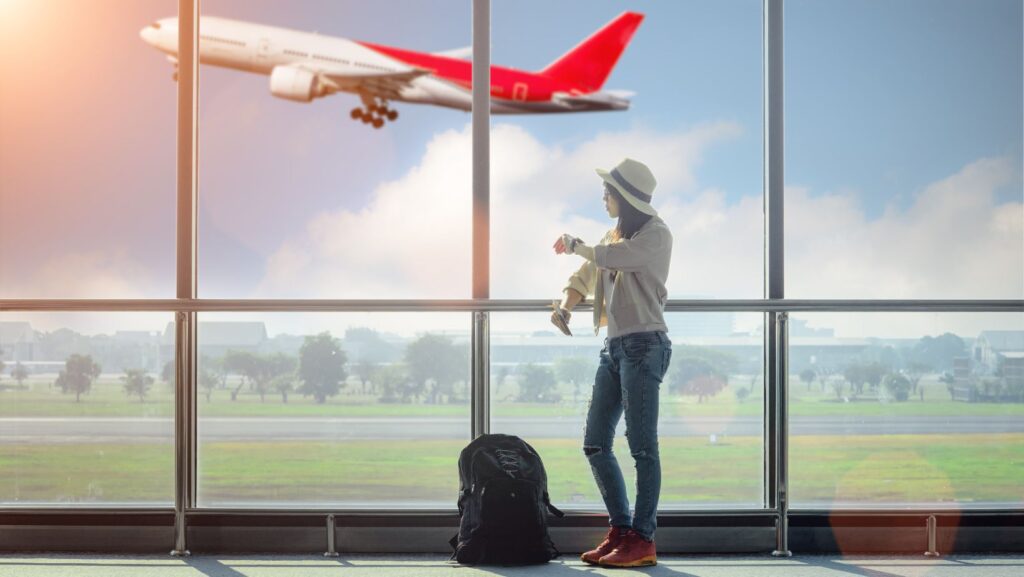Planning is key to ensuring a smooth and enjoyable travel experience. A well-organized itinerary helps minimize stress by detailing your schedule, ensuring you don’t miss key attractions, and optimizing your time. Careful planning also allows you to create a balanced trip, combining adventure, relaxation, and local exploration without feeling rushed. This article will serve as a step-by-step guide to crafting the ultimate travel itinerary, covering everything from goal-setting to emergency preparedness.
1. Setting Your Travel Goals
The first step in creating a successful travel itinerary is identifying your priorities. Are you seeking relaxation on a quiet beach, an adventure-filled journey through nature, or a culturally immersive experience in a bustling city? Defining your travel goals early on will shape the rest of your itinerary. Budgeting is also crucial; knowing your financial limits will help narrow down destination choices, accommodation options, and activities. Finally, consider the duration and timing of your trip, as this will affect how much you can realistically see and do without overextending yourself.
2. Researching Your Destination
Researching your destination thoroughly is essential for making the most of your trip. Start by identifying leading attractions and activities that align with your travel goals, whether they include historical sites, natural wonders, or unique local experiences. It’s also important to familiarize yourself with the local culture, customs, and etiquette to ensure respectful and enjoyable interactions with locals.
Understanding traditions and behaviors will enhance your cultural experience and help you avoid unintentional faux pas. Lastly, take into account weather and seasonal considerations, as the climate can significantly impact your plans. Be sure to pack appropriately for the expected weather conditions, and plan your itinerary around the best times to visit particular attractions.
3. Planning Your Daily Itinerary
When planning your daily itinerary, balance is key to avoiding burnout. Make sure to mix active sightseeing with downtime, allowing for relaxation and the opportunity to absorb the experience. Time management is crucial; estimate how long each activity will take, including travel time between locations. Be realistic about how much you can fit into each day without feeling rushed. It’s also important to build flexibility into your schedule.
Unexpected delays, weather disruptions, or spontaneous discoveries might require adjustments to your plans. By leaving room for these possibilities, you’ll have a more enjoyable and stress-free experience.
4. Preparing for Emergencies and Unforeseen Events
It’s important to prepare for emergencies and unforeseen events while traveling. Start by packing a basic first-aid kit and familiarizing yourself with local emergency numbers. Know the location of the nearest hospital or medical facility in case of illness or injury.

Legal preparedness is also crucial; if you encounter legal issues, such as a car accident, knowing how to contact an accident attorney can be invaluable. Additionally, make sure to have backups of important travel documents, such as your passport, visa, and travel insurance. Keep copies in a separate location from the originals to ensure you’re covered if anything is lost or stolen.
5. Booking Accommodations and Transportation
Choosing the right accommodation is essential for a comfortable trip. Consider the location, amenities, and budget when booking, and ensure that your accommodation is close to the main attractions you plan to visit. Transportation arrangements are equally important. Whether you’re renting a car, using public transit, or flying, it’s advisable to book transportation in advance to secure the best rates and availability. Always prioritize safety by selecting reliable transportation options, and consider purchasing travel insurance to protect against potential disruptions, cancellations, or accidents.
6. Staying Organized on the Go
Using travel apps and tools can make staying organized much easier during your trip. Apps for itinerary management, real-time updates, and navigation assistance help streamline your travel experience. To keep track of expenses, use budgeting apps or maintain a travel journal, which also serves as a way to document memories.

Staying connected with family and friends back home is essential, especially during long trips, and portable chargers or travel Wi-Fi devices ensure you’re always within reach. By staying organized, you can avoid common travel stressors and focus on enjoying your adventure.
Conclusion: Enjoying a Well-Planned Adventure
Once you’ve created a detailed checklist of all the particulars you require, planning a safe trip will be a smooth-sailing process. Creating a thorough travel itinerary, from setting clear goals to preparing for emergencies, is key to a smooth and enjoyable adventure. Investing time in planning ensures that your trip will be memorable, worry-free, and full of great experiences, allowing you to focus on making the most of your journey.



